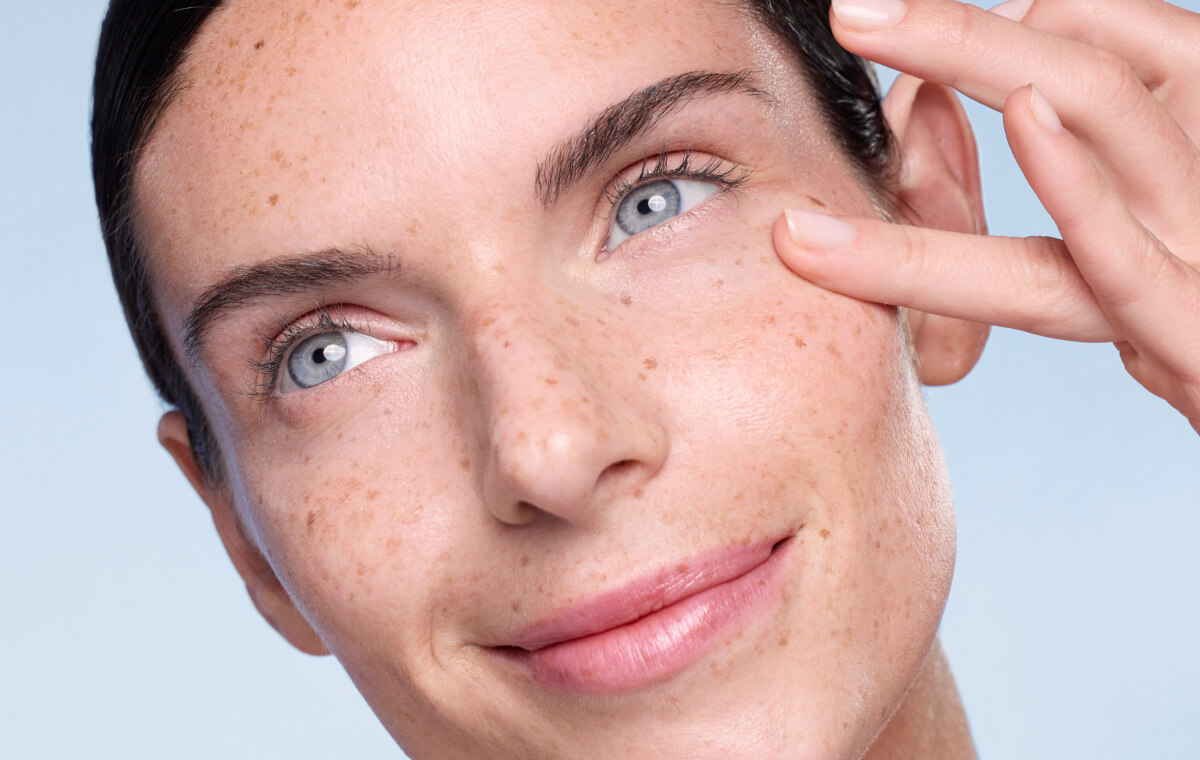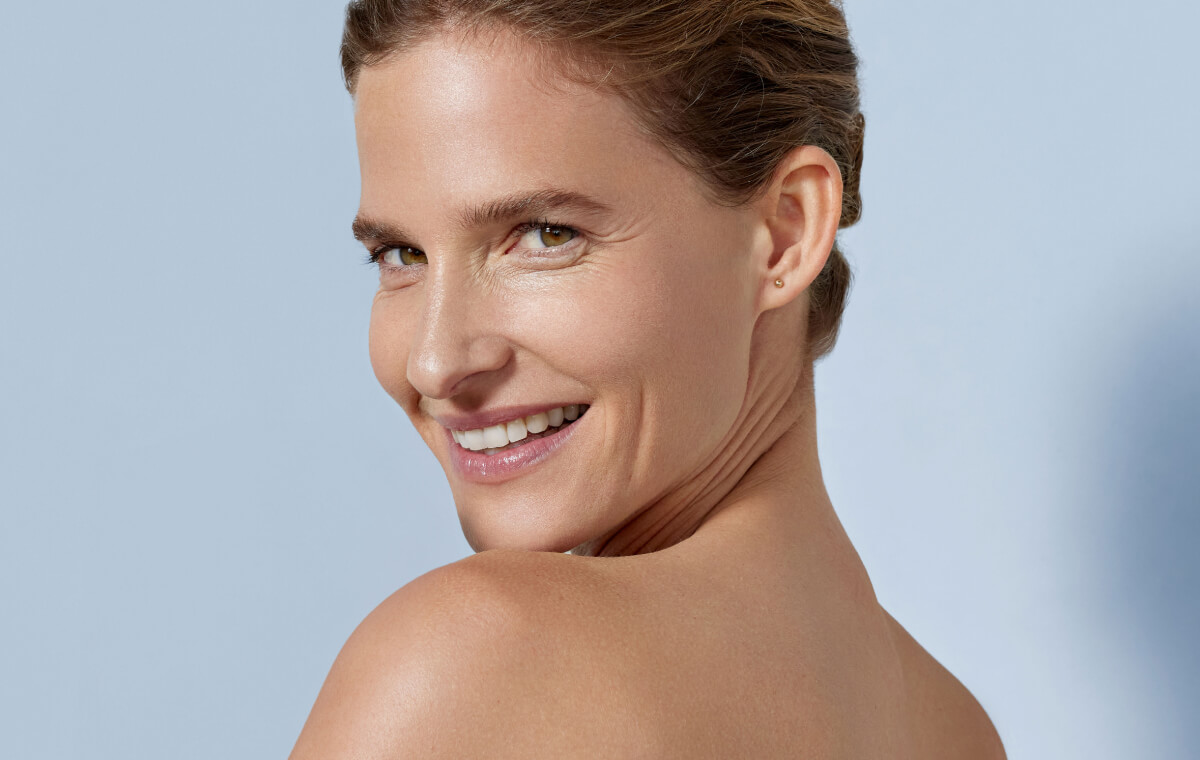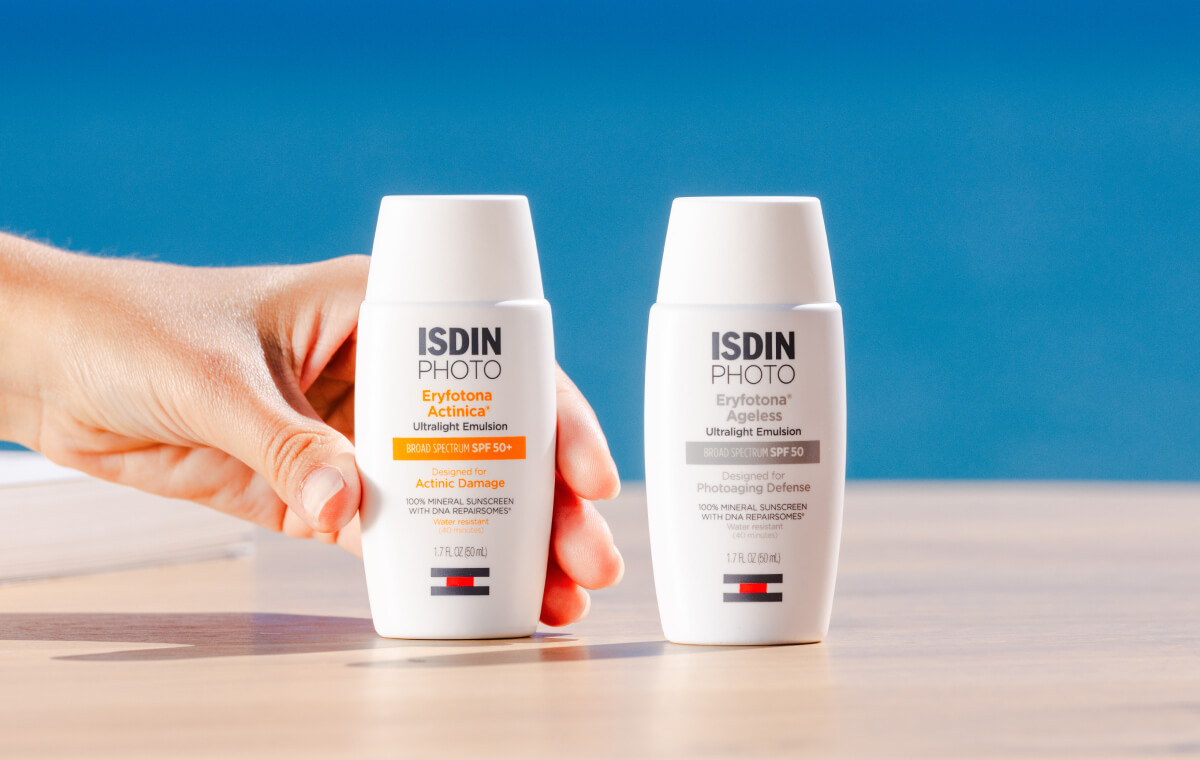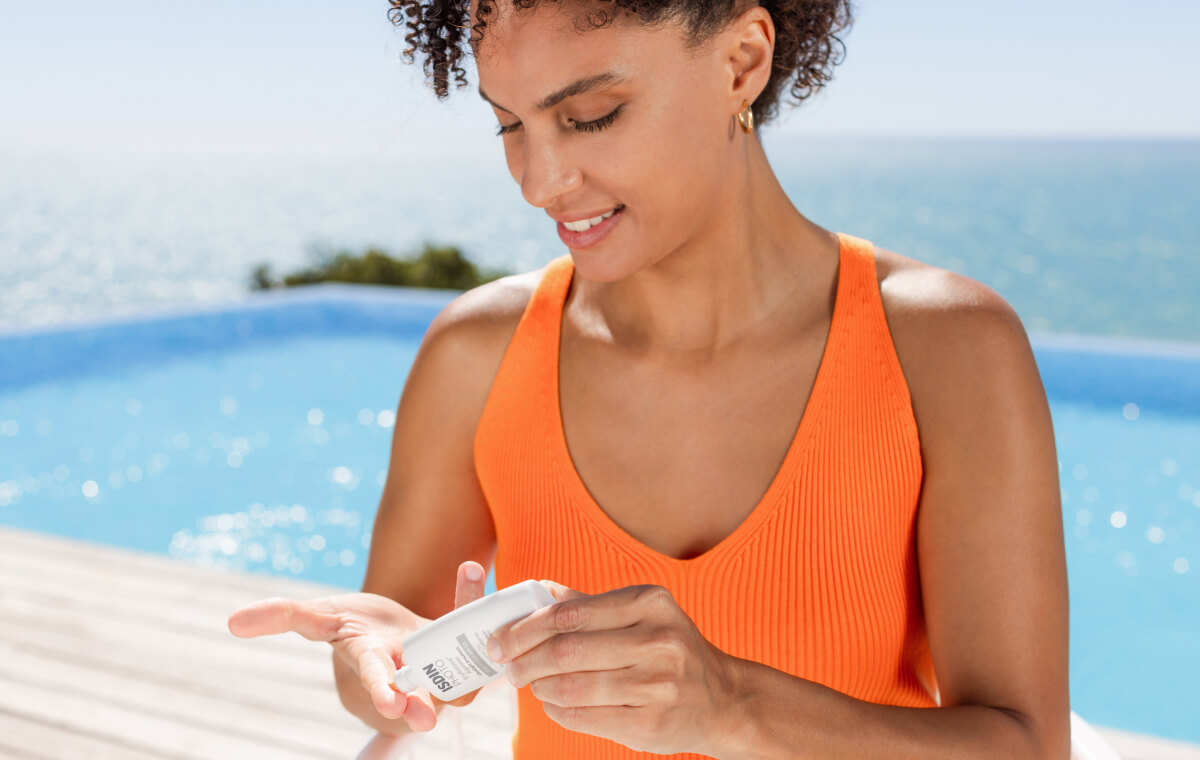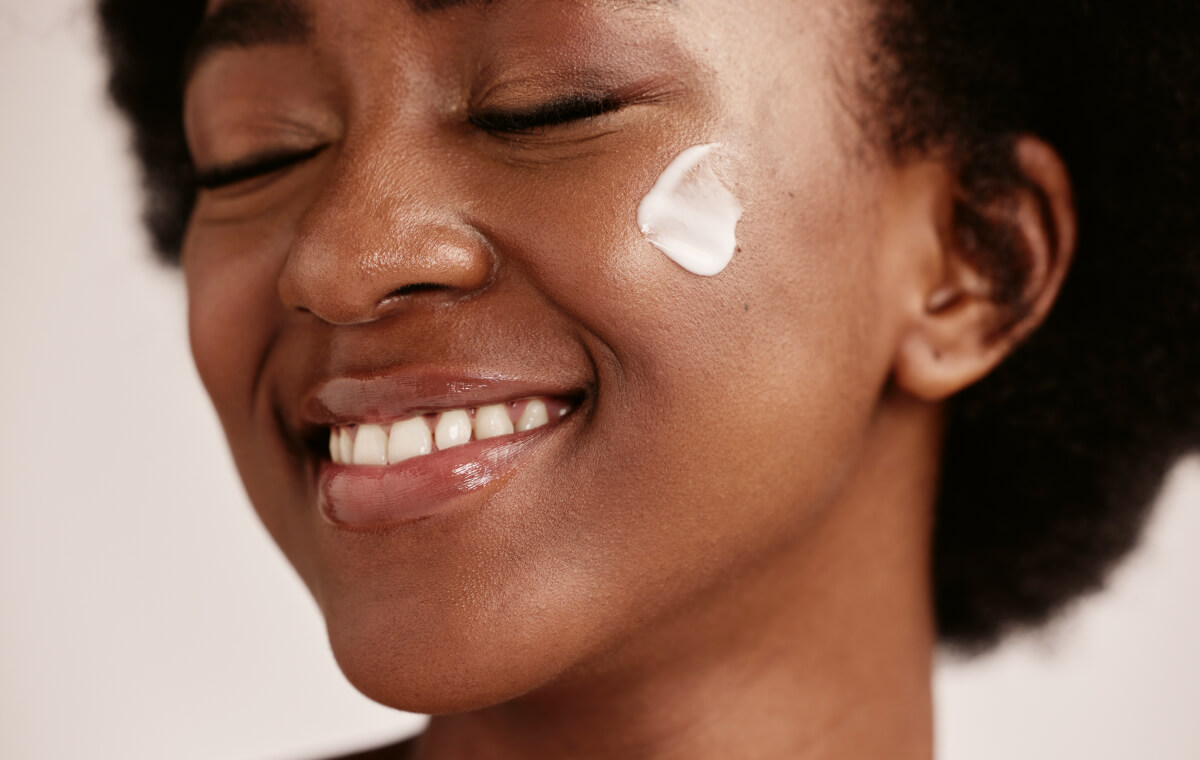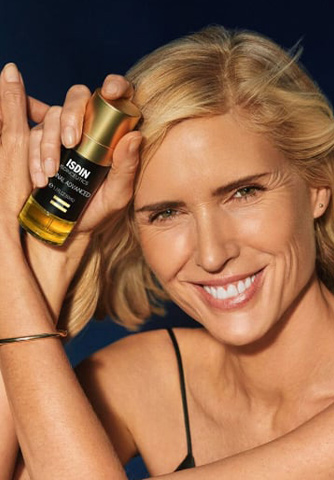The concept of photoaging refers to premature skin aging which is caused by overexposure to the sun’s rays. While most think that the aging caused by the sun is minimal, the reality is staggeringly different. Sun damage and UV radiation in fact provokes a startling 80% of your total visible skin aging.
Sun damage contributes to the faster development of the early signs of aging such as fine lines, lack of elasticity or wrinkles. Aging, of course, is a natural process, but sun damage can be prevented and even reversed in some cases – but how?
Table of Contents
1. Use a good sunscreen every day
Many people think that they are only exposed to the sun on beautiful days when the sun is shining above us, but that couldn’t be further from the truth! The sun’s rays still impact us through cloud, come rain or shine.
Using a sunscreen daily decreases the amount of UV rays absorbed by the skin, protecting it from harmful sun exposure.
Check your UV index right now here!
Everyone, no matter the skin type, should apply sunscreen throughout the year, though people with lighter skin photo-types should take extra care (even so, sun damage affects all photo-types). In winter it is generally enough to apply sunscreen mid-morning, but with no excuses – sunscreen should always be worn!
The ideal sunscreen should have an SPF of at least 30, with a broad spectrum protection formula to protect against both UVA and UVB rays. It should also be suitable for all skin types (meaning it is non-irritating, oil-free, and hypo-allergenic).
Eryfotona Actinica SPF 50+ mineral sunscreen is an effective, high SPF sun protection with DNA Repairsomes that help protect against photoaging and address sun-induced skin damage.
Eryfotona Ageless tinted mineral sunscreen provides the skin with photoaging benefits, helping to reduce the appearance of fine lines and wrinkles, while also leaving skin looking more even in tone and radiant.
2. Apply sunscreen properly
In order to protect your skin from photoaging, you need to know how to apply sunscreen properly. Apply sunscreen to all sun exposed areas, particularly your face, neck, ears and hands, since they are more exposed to the sun than the rest of your body. These areas need consistent protection throughout the year to help reduce the visible signs of photoaging.
Lips are also particularly prone to photoaging, as the skin on them is so delicate, so be sure to wear a lip balm with at least SPF30.
Sunscreen needs some time to work its magic on your skin. Apply 20-30 minutes before sun exposure and re-apply at least every two hours. If you want to play it safe, re-apply sunscreen after swimming or sweating, or towel-drying off.
How do you know how much sunscreen to apply? Use the ‘two line’ rule: dispense two lines of sunscreen from the bottom of the finger to the tip. This will be enough to cover your face and neck. For body sunscreen, two shot glasses’ worth is generally considered enough.
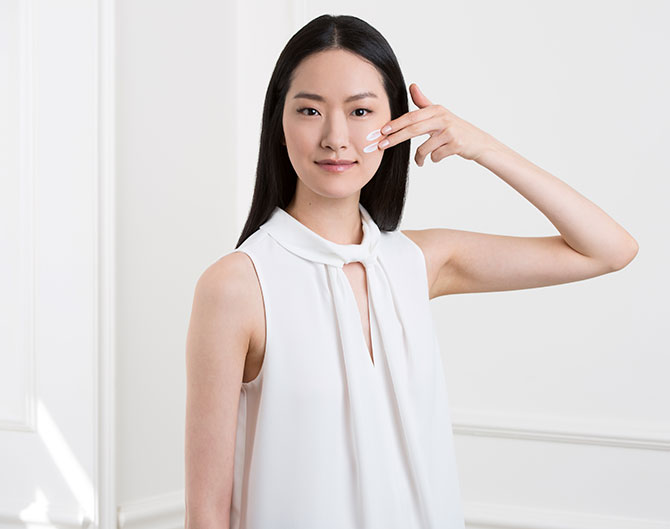
3. Avoid the sun at critical times
We can’t turn the sun off when we feel like it, but we can limit our exposure when the sun’s rays are more harmful. Try to limit sun exposure between 10 a.m. and 4 p.m., when UV radiation is at its strongest.
If you have to be outside at this time, protect yourself by seeking shady areas under trees or buildings.
Last but not least, avoid using indoor tanning beds. The cumulative damage caused by UV radiation in tanning beds can lead to premature skin aging, as well as skin cancer: people who use a tanning bed before age 35 increase their risk of developing melanoma by 75%.
4. Wear protective clothing
You can also protect your skin from the sun and photoaging with protective clothing. Baseball caps work to cover your face, but your neck should ideally be covered up too. Wear a broad-brimmed hat that will help you protect both your face and neck.

Try to keep the most sensitive areas of your body covered. Lighter photo-types can easily get burnt along the neckline, so it is important to protect this area by wearing clothing that covers it. Wearing long-sleeved shirts and long pants when possible will also help, although day-to-day wear is more difficult and uncomfortable during summer.
Good quality sunglasses will also help to protect your eyes from sun damage. Make sure to choose a pair that suits your style and your needs too: bad quality sunglasses will not block UV rays and will not protect your eyes. The American Academy of Ophthalmology has some great tips on how to choose the ideal sunglasses to protect your eyes.
Sources and references:
Flament et. al, Effect of the sun on visible clinical signs of aging in Caucasian skin, Clin Cosmet Investig Dermatol 2013
https://www.skincancer.org/prevention/tanning




